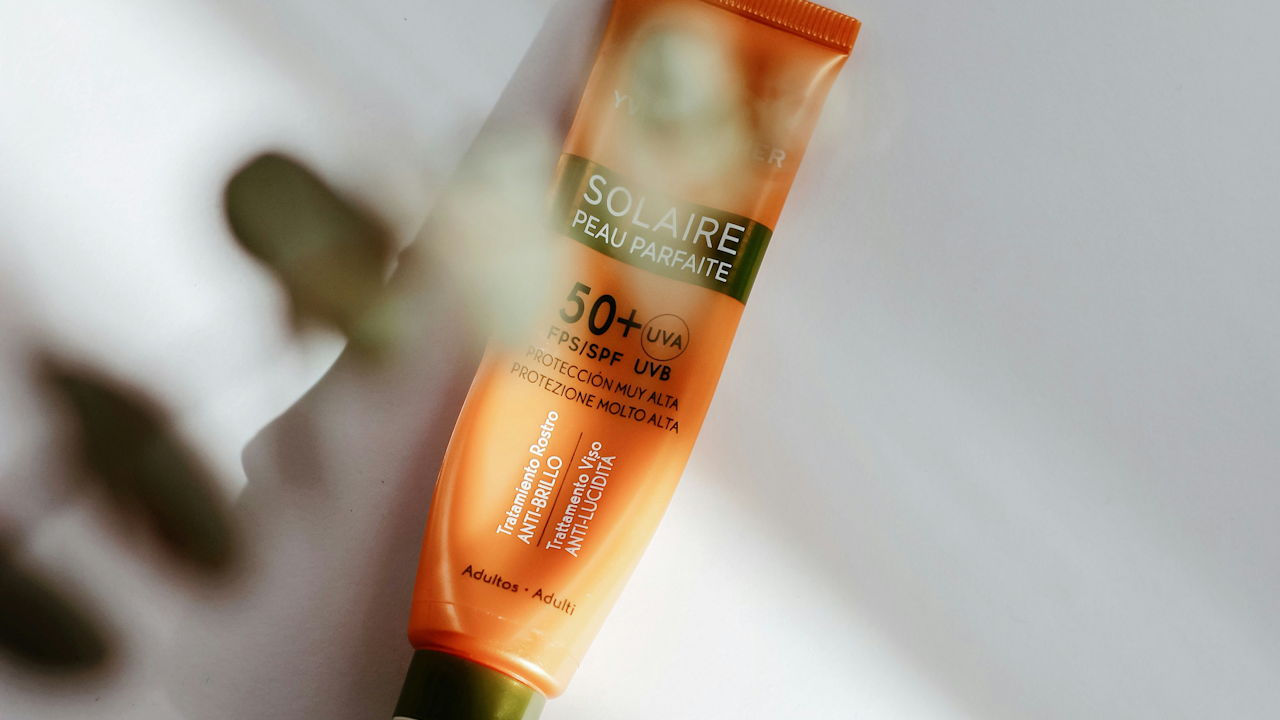When you pick up a bottle of sunscreen, one of the first things you notice is the SPF number printed on the label. Whether it says SPF 15, 30, or 50, most people know that a higher number means more protection. However, what those numbers actually represent, how SPF is measured, and what protection it truly provides are often misunderstood. Understanding the science behind SPF can help you make smarter choices about sun safety and skin health.
What SPF Really Measures
SPF stands for Sun Protection Factor, and it measures how well a sunscreen protects the skin from ultraviolet B (UVB) rays, which are the primary cause of sunburn and play a major role in developing skin cancer. The SPF value is calculated through controlled laboratory testing. Volunteers apply a standardized amount of sunscreen to their skin and are then exposed to UV light. Scientists measure how long it takes for their skin to redden with and without the sunscreen.
The formula is relatively simple:
SPF = (Time to burn with sunscreen) ÷ (Time to burn without sunscreen)
So, if it normally takes 10 minutes for unprotected skin to begin burning, and the same skin takes 300 minutes to burn with sunscreen, the product would have an SPF of 30 (300 ÷ 10 = 30). This means the sunscreen theoretically allows you to stay in the sun 30 times longer without burning.
However, this explanation is theoretical. In reality, factors such as sweating, swimming, incomplete coverage, and reapplication frequency all affect how long a sunscreen protects your skin. SPF does not indicate the duration of protection but rather the degree of protection against UVB radiation.
Understanding UV Radiation
The sun emits two main types of ultraviolet rays that affect the skin: UVA and UVB. UVB rays are responsible for visible sunburns and play a stronger role in skin cancer formation. UVA rays, on the other hand, penetrate deeper into the skin, contributing to premature aging, wrinkles, and also increasing the risk of skin cancer.
SPF measures only protection against UVB rays. For full protection, a sunscreen must also block UVA radiation. That is why dermatologists recommend using broad-spectrum sunscreen, which protects against both UVA and UVB rays. The term “broad-spectrum” is regulated by the U.S. Food and Drug Administration (FDA) and ensures the product has been tested for both types of protection.
What the Numbers Actually Mean
Many people assume SPF 30 provides twice the protection of SPF 15, but that is not true. SPF does not scale linearly. Instead, it measures the proportion of UVB rays blocked:
- SPF 15 blocks about 93% of UVB rays
- SPF 30 blocks about 97%
- SPF 50 blocks about 98%
- SPF 100 blocks about 99%
This shows diminishing returns at higher numbers. While SPF 50 does block more radiation than SPF 30, the difference is small in percentage terms. What matters most is applying enough sunscreen and reapplying it regularly, rather than relying solely on a very high SPF number.
Higher SPF products can offer a bit more margin for error, especially for people who spend extended periods outdoors, have fair or sensitive skin, or are at high risk of skin cancer. However, no sunscreen blocks 100% of UV rays, and no SPF guarantees all-day protection.
How Sunscreens Work
Sunscreens protect the skin in two main ways: through chemical filters and physical (or mineral) filters.
- Chemical sunscreens absorb UV radiation and convert it into heat, which is then released from the skin. Common active ingredients include avobenzone, oxybenzone, and octocrylene. These are lightweight, easy to spread, and invisible on the skin.
- Physical sunscreens, also called mineral sunscreens, use ingredients such as zinc oxide and titanium dioxide. These act as reflective shields, scattering and deflecting UV radiation away from the skin. They are often preferred for sensitive skin and are effective immediately after application.
Some modern sunscreens combine both types for more balanced and stable protection.
The Importance of Proper Application
Even the best sunscreen cannot provide its advertised protection if it is applied incorrectly. SPF testing is conducted using a generous application of about 2 milligrams per square centimeter of skin, which equals roughly one ounce (a shot-glass full) for the average adult body. Most people apply far less than this, which can drastically reduce actual protection.
Reapplication is just as important. Sunscreen should be reapplied every two hours, or sooner if swimming, sweating, or towel drying. Water-resistant sunscreens are tested for either 40 or 80 minutes of water exposure, but none are completely waterproof.
Neglecting reapplication or using too little product can turn SPF 30 into the equivalent of SPF 10 or lower in real-world conditions.
Beyond SPF: The Complete Sun Protection Strategy
While sunscreen is a vital tool, it is only one part of comprehensive sun protection. Dermatologists recommend pairing sunscreen with other protective measures:
- Seek shade during peak sun hours (10 a.m. to 4 p.m.)
- Wear protective clothing, including hats and sunglasses
- Avoid tanning beds, which emit harmful UV radiation
- Check the UV index in your area before outdoor activities
Following these guidelines helps reduce cumulative UV exposure, which is the greatest risk factor for premature skin aging and skin cancers, including melanoma.
The Bottom Line
SPF is a valuable measure, but it is not a perfect indicator of complete sun safety. It tells you how well a sunscreen protects against UVB rays, not how long you can stay in the sun or how well you are shielded from UVA rays. The key to effective sun protection lies in choosing a broad-spectrum sunscreen, applying it generously, and reapplying it regularly.
A high SPF can offer slightly stronger protection, but using sunscreen correctly, every day, makes the biggest difference. By understanding what those SPF numbers truly mean, you can make informed choices that protect your skin now and for years to come.

